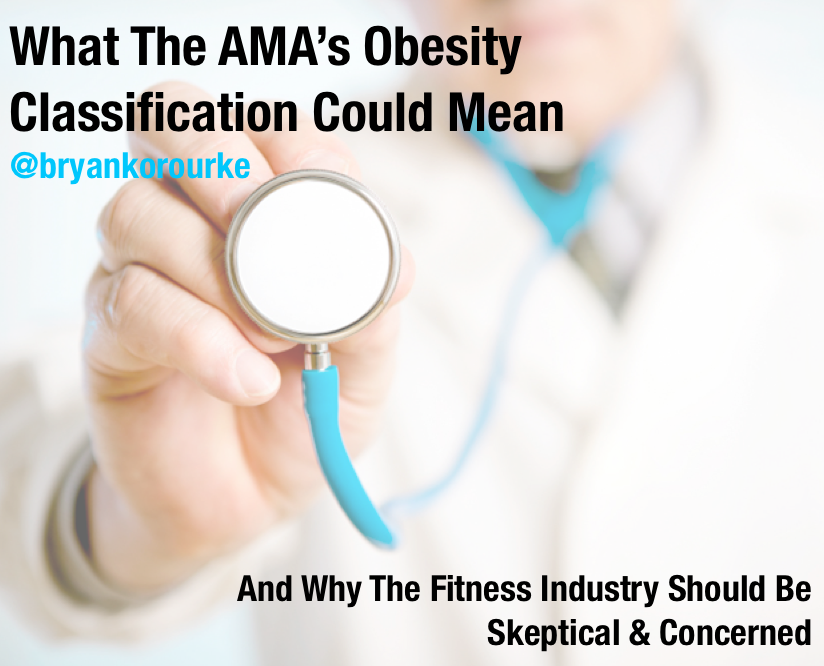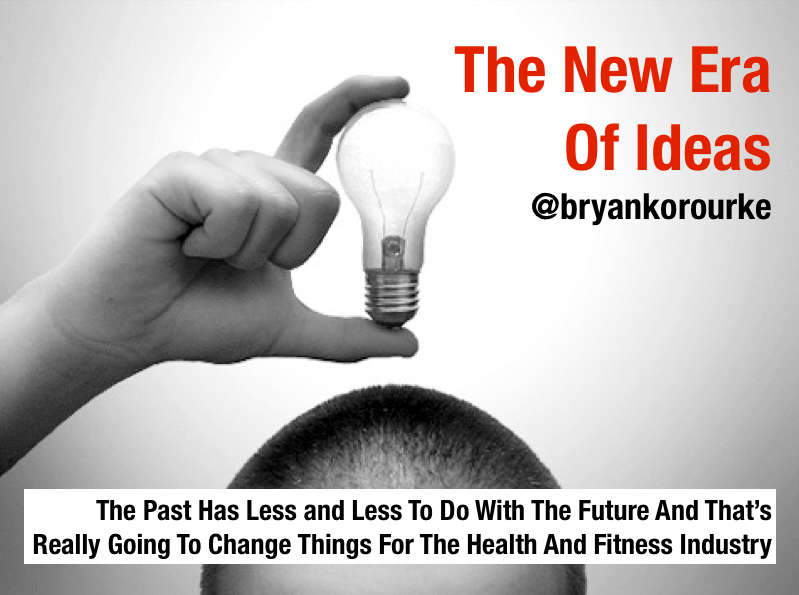
You probably heard the news. The American Medical Association (“AMA”), the largest physician organization in the U.S., recognized obesity as a disease this month (June 2013). In doing so, AMA President Ardis Dee Hoven wrote, "The purpose of the policy is to advance obesity treatment and prevention. It issues a call for a paradigm shift in the way the medical community tackles this complicated issue so that we can reduce the number of Americans suffering from the effects of heart disease, diabetes, disability and other potentially life-changing health conditions." So why is the AMA doing this ?
There is no doubt that for a variety of reasons, including inactivity, obesity is a major public health problem. However, by identifying the problem as a disease, the AMA isn’t being just altruistic. You see there is money involved; and to this point a more revealing commentary by Dee Hoven was published in US New’s online debate club, when she wrote on June 27, 2013 :
“Recognizing obesity as a disease will spur new interventions and treatments for patients and encourage greater dialogue between patients and their doctors about which behavioral, medicinal or surgical options may be right for them.”
I underlined portions of her quote for emphasis and if you are a fitness or health club professional you should pay close attention. When the President of the AMA mentions “new interventions and treatments for patients” does anyone really think she is talking about the services a fitness professional or wellness coach might deliver? I propose she is only speaking of services delivered by a medical professional (medical in this context being differentiated from fitness) . Note that of the three topics of “greater dialogue” she mentions only one is behavioral change. Is anyone surprised ?
If my view appears cynical, please forgive me but read on. There are certainly altruistic medical professionals, many whom rightly identify lifestyle as an important aspect of disease prevention . ACSM’s Exercise is Medicine program is an excellent example of how physicians and facilities can work together in a collaborative way. Physician referrals have the potential to serve as a means for clubs and physicians to work together. However, the sad truth is that as an overall percentage of the bricks and mortar fitness business these collaborative models are few and far between. In fact research has established that exercise referrals often don’t work (See: Exercise may be Medicine, but the Referral Process is not Working).
While I believe we are entering a golden age for the fitness and wellness industry, of which fitness and bricks and mortar facilities can play a big part, we should remain aware of some business realities. In defining obesity as a disease the AMA is really making a land grab for the huge business opportunity it represents and while we all know lifestyle management is the best long-term medicine, pharmaceuticals and surgeries among other “new interventions and treatments” will be a major emphasis by the sick care system because regretfully its about how this current delivery system financially works. You see the AMA move is really a way for its members to get more federal dollars. In other words its all about the cash friends (see Michael Tanner's Obesity Is Not A Disease Article). Having someone take care of themselves by eating right, managing stress and getting enough activity is not something the sick care system can make a buck from right now. One reason the epidemic exists in the first place is because outside of personal choice there has been "no dog in the fight" for primary prevention policy, since there isn't nearly as much profit in that as opposed to, for example, $40,000 bariatric surgeries.
I’ve written before about the fact that the fitness industry, particularly health clubs, should be more concerned about competition from other industries serving as significant competitive threats as opposed to competition within our space (see Hey Fitness Leaders I've Got a Secret). The AMA announcement serves as an example. Therefore, we’ve got to start thinking about some opportunities and challenges that exist for the health club and fitness industry that we’ve yet to tackle and which leave us vulnerable to competitive attack from the medical community. Here are my top 5:
1. We need higher professional standards and governmental sanctioned licensing for fitness professionals. There is a great vulnerability from other professions that already have government sanctioned licensing processes in place to take away opportunities and revenues from fitness professionals going-forward. While self-regulation has been the position of industry associations for some time, the realities are that as obesity becomes a medical condition the ability for non medically licensed professionals to “treat” the condition will become limited. Competition is coming from licensed medical professionals;
2. We need technology standards for equipment and devices. Caloric burn rates are inconsistent among equipment manufacturers. There are no standards to document that reported calories burned on fitness equipment are accurate. This and interoperability among devices and equipment in facilities as well as easy data collection and integration are needed to make it easier for members to track information with little effort. Its all about outcomes and failing to provide a seamless and easy way to use information to measure for outcomes will make facilities less relevant. This can be a competitive advantage for facilities and our industry. That is why I'm involved with FIT-C (the fitness industry technology council).
3. We need facility standards and we must promote why they matter. The recent establishment of minimum standards for fitness facility certifications, put forth by the Joint Committee, creates a path that enables certification of facilities. The Medical Fitness Facility Standard is another example that establishes minimum requirements. This is important for a host of reasons and these standards must be put on a fast track to be further developed and adopted around outcome models which the market will require for us to address the obesity issue effectively as an industry. We need these facility standards;
4. We need more entrepreneurs to create business models that successfully incorporate outcome models to demonstrate the model works. A combination of technology, coaching, nutrition, physical activity and stress management that proves enhanced lifestyles and health outcomes among member groups is necessary to establishing a clear cause and effect and thus reimbursements. There are not an adequate number of these integrated and outcome measured fitness business models out there and none at scale today. Increased competition from pure digital models, like RetroFit, as well as hybrid competition from bricks and mortar player such as CVS and Wallgreens (see an example here) will take the place of what facilities could offer if we don't wake up ; and
5. We need more of an abundance attitude and less of a view to scarcity among leaders in the fitness and health club space. Our focus needs to be on broadened and collaborative efforts . While these efforts exist, they are taking to long to inact. See Collaboration: What Do Transmissions Have To Do With Health Clubs, Fitness and Wellness ?
Those are my top 5 , what are your top 5 and what do you think about the AMA's classification of Obesity as a disease? Let me know your views on this and the 5 areas the fitness and health club industry should focus on. Do you see the medical community as a potential collaborator or competitor ? Let me know your thoughts and hopefully you enjoyed the article.
About the author:
Bryan O’Rourke is a health club industry expert, technologist, financier, shareholder and executive in several companies. He works for Fitmarc, which delivers Les Mills programs to over 700 facilities and 5,000 instructor professionals in the US. He advises successful global brands, serves as a member of the GGFA Think Tank, is a member of the American Council on Exercise's Industry Advisory Panel and serves as CEO of the Fitness Industry Technology Council. To join FIT-C visit www.fit-c.org . To learn more contact Bryan here today .












